I absolutely love the DJI Inspire 3. Its speed, camera quality, and onboard technology make this one of the best aerial platforms for taking photos and videos. This drone is undoubtedly big and serves a specific purpose for high-end shoots that require better image quality than you can achieve with a smaller drone and camera.
For my everyday shoots, I frequently fly the Mavic 3 Pro because it has a great camera, great flight time, and it’s agile in the air. It can literally fit in a small spot in my backpack.
The Inspire 3, on the other hand, comes with a big case. You need two batteries to fly the drone, which means you need to carry more of them to keep this drone in the air for a long period of time. To carry this big full-frame camera, you need to have a larger aircraft for good agility in the air and flight time.
Image Quality and Use Cases
All of this comes together to bring one of the crispest images from a camera that you can get in the air. I use it personally when I have a client that demands this type of image quality or when I think a specific event can benefit from using this larger drone. For example, when Battleship New Jersey was towed here in Philadelphia down the Delaware to the Navy Yard for repairs.
Flying with Two Drone Pilots
Something else that makes the Inspire 3 unique is the fact that you can fly it with two operators. You can have one person flying the actual drone while the other person is in charge of just operating the camera.
Another cool feature that comes from the design of the Inspire 3 is the landing gear that lifts up. This allows the camera to pan and yaw freely without any obstruction from the drone. You can have the camera pointed in one direction while the drone is flying forward in another direction.
This means that the person controlling the movement of the drone can use the FPV camera on the front to look forward at all times, while the camera operator spins the gimbal to keep the frame focused on the subject you’re capturing.
Benefits of Dual Operator Setup
This dual operator setup allows you to work together as a team to ensure two things:
- Aircraft safety: If I’m the one flying the drone, moving it through space, I can make sure I don’t run into anything as that is my sole focus.
- Unlocking different shot perspectives: If I’m the one controlling the camera, I can unlock different opportunities that I might not get with another drone, as I’m focused on just capturing the shot and moving the camera.
There really are a lot of benefits that come from using a dual operator setup, but I think the days of using two people on one drone are coming to an end. We got a brand new update, a brand new feature to the Inspire 3 called Vision Assist that really changes the way I fly this drone and all of the other drones within DJI’s lineup.
What is Vision Assist?
Between the Inspire 2 and Inspire 3, I’ve logged about 20 to 30 dual-operator flights. While both controllers are connected to the drone, the experience can feel clunky. I prefer having full control over the drone and camera, as relaying instructions to a pilot as a camera operator can feel like an unnecessary step.
Typically, I’m a solo pilot, flying my drone alone. The idea of having someone else control the camera seems foreign to me, although I have done it when necessary. In most scenarios, I can fly the drone myself and achieve the results I need. That’s why I’m excited about the new Vision Assist feature on the Inspire 3, which allows you to monitor all sides of the drone while keeping your subject in frame.
For example, when I was flying my Mavic 3 Pro on Vancouver Island, I used Vision Assist to track a boat from the side in sport mode. In the bottom left corner, I could see what was directly to the right of my drone, which gave me peace of mind about any obstacles in my way while keeping the drone moving to capture the shot I wanted.
How Does It Work on the DJI Inspire 3?
Vision Assist has now been integrated into the Inspire 3, which makes sense given its upgraded obstacle avoidance system. The drone’s arms feature large lenses that actively search for obstacles and allow you to see what’s around the drone, even if the main camera isn’t pointing in that direction.
On the screen of the RC Plus, you’ll see a display in the bottom corner that shows what’s in the direction your drone is flying. This feature works in all directions, whether you’re flying right, left, backwards, or forwards. When flying forwards, the FPV camera provides a full-color view with better dynamic range, while the obstacle avoidance sensors offer a black-and-white view.

For me, this feature has become indispensable. After flying the DJI Mavic 3 with Vision Assist, I felt uneasy flying other drones that lacked this feature, including the Inspire 3. This discomfort was justified, given the drone’s size and expense.
Take, for instance, a time when I was flying the Inspire 3 in Newport. I was chasing a yacht when, suddenly, a sailboat appeared behind me, catching me off guard. With Vision Assist, I could have seen the sailboat in time to adjust my course and continue my shot without panicking.
Do You Need Two Pilots Anymore?
Currently, all of DJI’s modern drones with the new obstacle avoidance hardware have the Vision Assist feature. This includes the entire DJI Mavic 3 lineup, the DJI Air 3, and the DJI Mini 4 Pro. But I think Vision Assist has the most significant impact on the Inspire 3, as it eliminates the need for two operators.
With Vision Assist, I can now fly the drone, monitor for obstacles, and operate the camera all by myself. This results in a better shot because everything I want to capture is in my mind, and I don’t have to communicate it to someone else, which could lead to a clunky situation.
The Benefits of Flying Solo
I’ve compiled a list of benefits to flying solo with Vision Assist:
- 1. Better Image Transmission: With only one controller connected, image transmission is more reliable from start to finish, no matter where you fly.
- 2. Cost Savings: If you have a $3,000 gig, you no longer need to hire a camera operator for an additional $1,000 to $1,500. You can pocket the extra money, fly the drone yourself, and keep things on your own schedule.
- 3. Winning More Jobs: By offering a lower price for a one-pilot job, you’re more likely to win bids against those who require two pilots.
- 4. More Precision: Flying the drone by yourself allows you to get the shot you want without needing to relay instructions to someone else.
- 5. Less Stress: Being in full control of the drone means you don’t have to worry about whether someone else is doing their job correctly.
- 6. Less Upkeep: Managing just one controller and one operator reduces the hassle of coordinating with others.
As a lone wolf pilot, Vision Assist is a game changer for me on the Inspire 3. The fact that a single feature can have such an economical impact on your business is incredible. Instead of hiring a camera operator, I can now hire an assistant to help with battery and data management, saving money and increasing efficiency.
While I’m not completely dismissing the need for two pilots—there are still jobs where it makes sense—Vision Assist will handle most of what you need when flying the Inspire 3.
Thank you for watching! Let me know your thoughts on Vision Assist in the comments below. I think it’s a game-changing feature. As always, I’ll talk to you later. Peace.
Discover more from DroneXL
Subscribe to get the latest posts sent to your email.


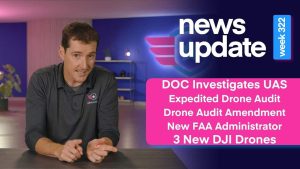
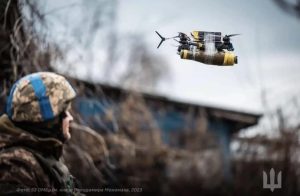


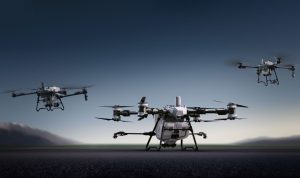

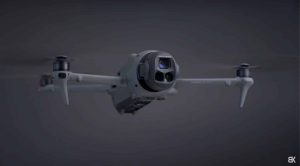





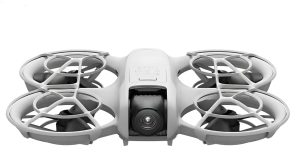

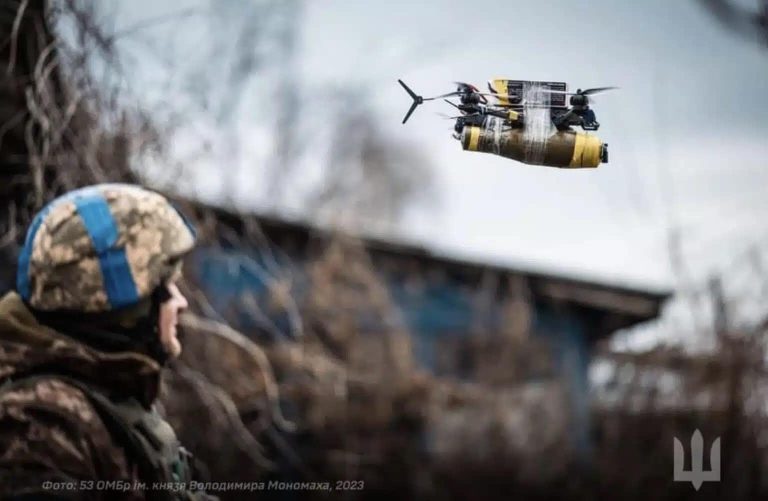



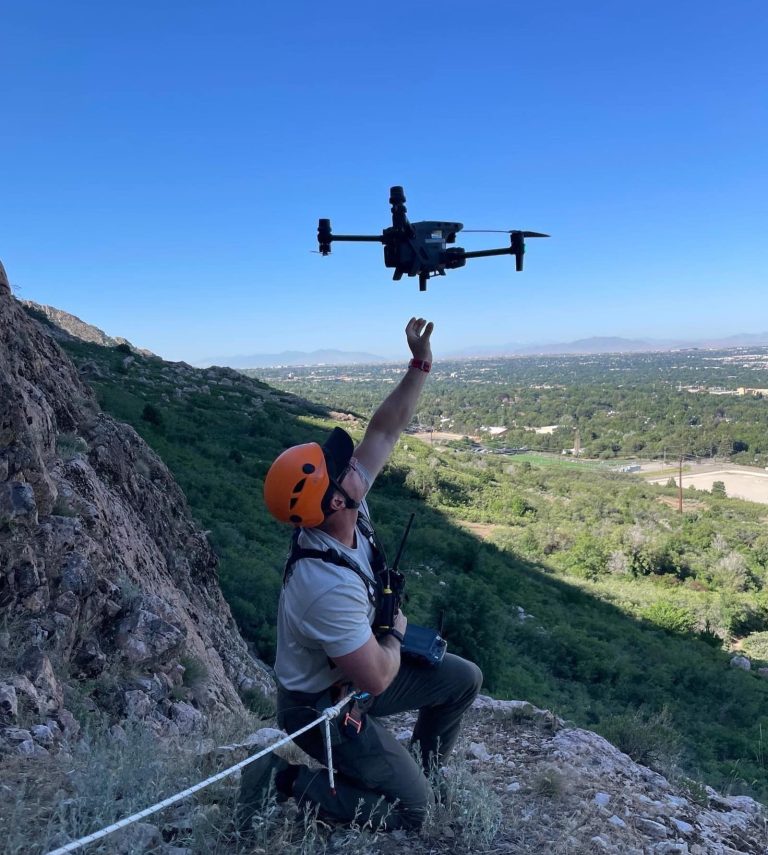
+ There are no comments
Add yours